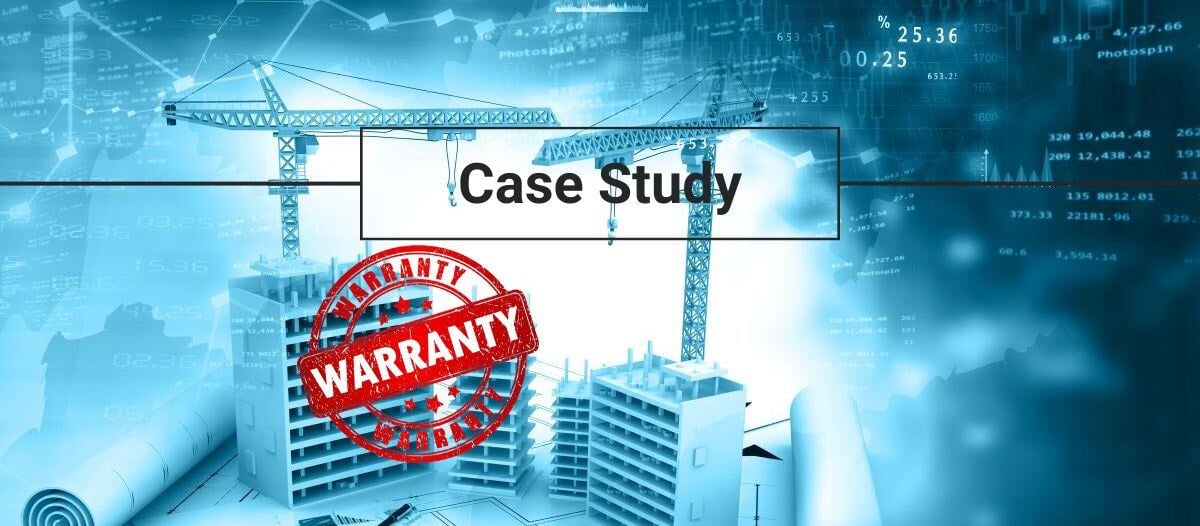Smart Building Control Systems
The foundation for a grid-interactive building

Buildings are traditionally significant energy consumers. As The World Green Building Council reports, buildings contribute to nearly 40 percent of energy-related CO2 emissions worldwide. Transitioning to a grid-interactive building (GIB), also called grid-interactive efficient buildings (GEBs), integrates renewable energy sources, such as solar panels and wind turbines, and energy storage with smart building control systems. This enables FMs to better control their energy consumption, carbon emissions and operating costs while still maintaining a comfortable environment for occupants. GIBs can leverage on-site renewables alongside grid auxiliary services such as renewable buybacks, tariffs and demand response to provide financial benefits.
From energy consumer to prosumer
Historically, buildings have been energy-intensive, consuming substantial energy for heating, cooling, lighting and other operational needs. The construction and operation of buildings represent a substantial portion of energy-related CO2 emissions worldwide. The energy demand from buildings is expected to increase as companies increase electrification, convert their fleets to electric vehicles (EVs) and add EV charging stations to their building campuses. The additional need for electricity will further strain power grids and add to operating costs, making on-site renewable energy generation even more attractive for FMs trying to balance increased energy needs with budget constraints.
Most existing buildings rely solely on the grid for electricity to keep their operations running smoothly. With the combination of increased natural disasters, strong storms and an aging grid infrastructure, utility outages and interruptions are becoming more frequent and can significantly interrupt business continuity.
How can FMs manage these challenges? While creating a GIB is a solution, it requires an integrated approach and coordination between the grid, multiple smart building control devices and systems and renewable energy sources. With a GIB, FMs can leverage advanced technologies to become more energy-efficient, cost-effective and less reliant on a susceptible grid. It takes time, investment and commitment from all building stakeholders. In return, FMs can transform their building from an energy consumer to an energy prosumer.
The 3 foundational pillars for a GIB
There are three main smart building control pillars needed to create a GIB:
-
Electrical power management system (EPMS)
-
Building management system (BMS)
-
Microgrid control system (MCS)
Many buildings have already been updated to include the first two of these three, so a facility may have much of what is needed to get started.
In an EPMS, the internet of things (IoT) smart meters collect real-time energy consumption data from the building and feed it into the power management software for analysis. The software then provides data through an EPMS dashboard to help FMs make critical decisions regarding how and where to reduce energy consumption, costs and emissions. The EPMS also collects information on the energy generated from distributed energy resources (DERs), such as solar panels and wind turbines. Finally, the EPMS sends the data it receives from meters to artificial intelligence (AI) engines and uses machine learning (ML) to provide scenario opportunities for predictive maintenance and optimization to facility managers.
Similarly, IoT sensors placed in rooms and around the building monitor occupancy, climate conditions and building usage patterns, and they send the collected data to the BMS for aggregation and visualization. When integrated, the BMS oversees both the mechanical and the electrical systems of the building. It also uses the data from the EPMS to control energy loads and manage the overall energy footprint of the building.
Meanwhile, the third pillar, an MCS, manages all renewable energy coming from on-site DERs. Once again, it requires IoT microgrid controller boxes that collect data and provide it back to the MCS. It also executes load shedding and shifting to balance energy use and reliance on the grid. By doing so, FMs can reduce grid usage during costly peak hours and instead utilize energy generated from DERs to power the building, reducing operating costs and carbon emissions.
Connecting it all
To achieve the full potential of a GIB, FMs must ensure all physical and data technology layers are considered when designing the overall architecture.
Like IoT devices, smart, connected products are essential for full grid interactivity. If IoT devices are not already in place, FMs should plan and budget for upgrades for all data points that impact load flexibility, such as occupancy, lighting levels, thermostats, humidity, air quality and pressure monitoring. Although an initial investment is required, IoT devices are typically cost-efficient and can offer a short return on investment once savings from the GIB are realized.
Regarding system-level software, basic grid interactivity can be achieved with just a BMS; however, full integration of all three systems (i.e., EPMS, BMS, and MCS) is needed to unlock advanced capabilities to improve sustainability and building responsiveness and flexibility.
In addition, the architecture should include communication protocols, application programming interfaces (APIs) and ML applications. At this level, deep learning from a building takes place and FMs can reap larger rewards for their building and operating budget.
An overarching system interface is needed to collect, aggregate and display data from all three smart building systems so FMs can easily see all energy consumed, generated and returned to the grid.
Learn & earn from the building
Once the integration is complete, advanced interactivity with the grid can begin, and benefits can be realized by building owners, FMs, grid utility providers, and surrounding communities. Some of the top benefits include:
-
Reduced operating costs and reliance on the grid: GIBs can adjust their energy consumption and production in response to grid signals to optimize energy use and enhance grid stability for surrounding communities by providing power back to the grid. This is accomplished through load-shedding and shifting applications. In load-shedding, FMs can view information from the grid and reduce or turn off non-essential electrical loads in the building to combat costly energy consumption during peak demand times. In load-shifting, FMs can move energy consumption from the grid to off-peak times when energy is cheaper and more abundant and then use the energy stored from DERs to power the building during peak hours.
-
Learning from the building: Utilizing integrated data streams from the IoT sensors and meters allows facility managers to see and adjust building areas that consume more energy than needed during lower occupancy times. They can also understand the building’s overall energy footprint to identify usage and waste patterns. In addition, building data and predictive modeling can advise FMs when to switch to renewable power sources, where the indoor climate conditions can be improved, and which opportunities are available to reduce energy-related CO2 emissions.
-
Earning from the building: Beyond cost savings from reduced energy consumption and reliance on the grid, FMs can earn money for their organization through electricity companies’ net metering and demand response programs. FMs should investigate incentive programs that allow the building to offset its energy use during peak hours in exchange for credits. If on-site DERs generate more energy than is needed, that power can be sold back to the grid. If the building meets energy efficiency standards, FMs may also want to investigate local and government incentive programs that provide grants, loans and tax benefits for well-performing buildings.
Many buildings still have a long way to go before they can be considered efficient and sustainable. But with today’s technologies, including smart building control systems, on-site DERs and integration with the grid, it is possible — and may be easier than anyone thinks.
Whether the goal is to reach net-zero carbon emissions, reduce operating costs or protect the building’s power availability and reliability by shifting a building from an energy consumer to a prosumer, the benefits outweigh the costs; however, maximizing these efforts’ sustainable and financial impacts requires deep integration and coordination between the system architecture’s physical and data technology components.
FMs have a real opportunity to elevate the building’s potential and their own value to the company by transforming a standard building into a GIB. In doing so, they can:
-
Watch and learn from the building’s data and the grid’s data and adjust according to predictions and goals;
-
Switch to onsite-generated power when the grid is too costly or becomes unstable;
-
Optimize indoor environments for improved occupant satisfaction and productivity;
-
Reduce carbon emissions systematically and minimize their contribution to climate change; and
-
Lessen pressure on the grid, providing benefits back to the utility provider and local communities through improved power reliability for all.
By adopting smart building systems and integrating them into a cohesive, interactive framework, FMs can lead the charge toward a sustainable, zero-carbon future while also meeting operational and financial goals.

Andre Marino is the senior vice president of the Digital Buildings line of business at Schneider Electric, the global leader in the digital transformation of energy management and automation. He is an electrical and telco engineer with more than 20 years of experience in software and industrial automation. He has been with Schneider Electric since 2010 and has held various global senior management positions in the industry and automation business unit.
Read more on Finance & Business , Technology and Sustainability
Explore All FMJ Topics








